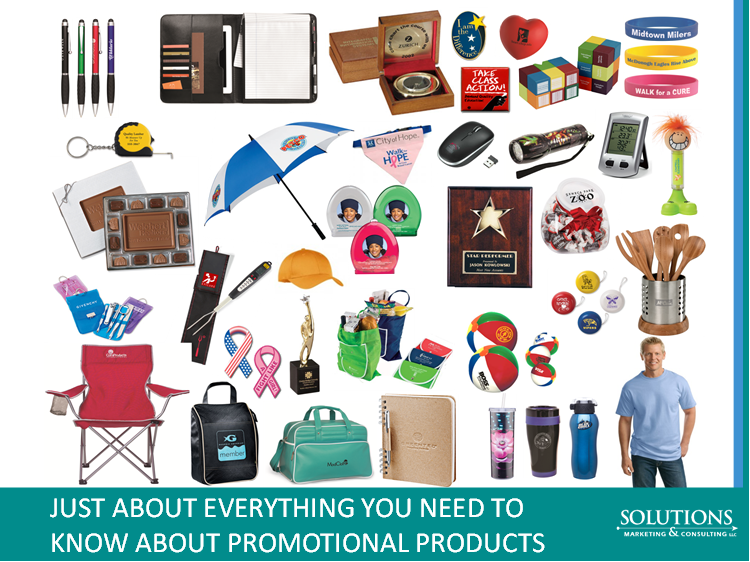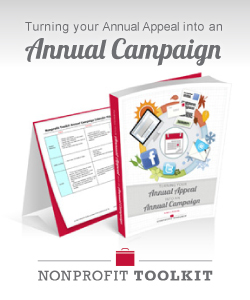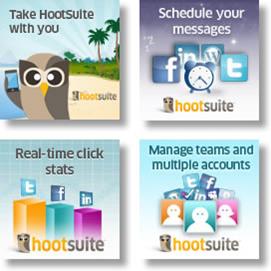7 Ways to Run an UNSUCCESSFUL Mobile Email Campaign
Guest post by Matt Zajechowski
 Successful mobile email marketing is rare. Companies catering to the laptop and desktop set often fail to adapt to the small screen revolution. Many try, but can’t truly harness the power of integrating mobile culture with marketing campaigns.
Successful mobile email marketing is rare. Companies catering to the laptop and desktop set often fail to adapt to the small screen revolution. Many try, but can’t truly harness the power of integrating mobile culture with marketing campaigns.
The loss is tremendous since more than 40% of e-advertising sent to digital mailboxes every day is opened on devices such as smartphones and tablets, according to a study done by Reachmail. That statistic will only increase in the future as audiences conduct more and more leisure and business activities while on the go.
Commit the following faux pas and your company can wave good-bye to new customer prospects, substantial profit, and lucrative conversions.
1. Avoid issuing specific and visible calls to action.
With the clever language, engaging images, and discount percentages in many marketing emails, audiences are overwhelmed and not quite sure what their response should be. They have to be guided (See Mistake #6 on the infographic below).
Including short and visible commands like a link that says “Compare Prices,” “Click to Add to Cart,” or “Add to Wishlist” are advisable. Try to have such call to actions in the first half of the email. Use link or button colors with contrast so the call to action will stand out.
2. Send five or more emails daily.
Everyone loves a company that bombards them with duplicate email or multiple email offers that fill up the mailbox every day, right? Not so much.
Often these mails are deleted without being opened because they have become a nuisance. When a company reaches nuisances status, its emails get diverted to spam. Instead, make every marketing message valuable and interesting.
3. Rave about non-sales.
Hyping products that have barely been reduced in price is annoying to customers. Many customers vigilantly keep an eye on coveted items.
Even for those who don’t, the Internet makes it easy to compare prices across many brands in an instant. So, don’t expect that a 10%-off deal or raising a price and then offering a discount, is going to tempt anyone. Instead, recipients will feel duped and trust in the company will be reduced. If you must rave, highlight the benefits of a product – not just the sale price.
4. Use a one-size-fits-all approach.
A one-size-fits-all sale can be successful, but often shoppers are looking for, and most persuaded by, customized deals that address their past spending habits and individual interests. Creating special promotions that target a specific type of customer with specific preferences improves the value of an email campaign and is easy to do thanks to email segmentation, (see Mistake #4 in infographic), tracking software, and customer profile software.
Request customers’ information as soon as they register for your company’s website in order to start building an image of who they are, what they use your products and services for, and what’s on their must-have lists.
5. Metrics — what are those?
Analyzing the success of an email campaign by studying open rates, bounce rates, click rates, the effectiveness of subject lines, the types of devices most used to open emails, and the times emails are opened can give marketers insight about how to improve efforts in the future.
Only failure-prone marketers conclude a campaign with no review or assessment. They likely start a campaign without much analysis either; smart marketers also conduct testing before a campaign launch to get feedback on tone, configuration and overall effectiveness.
6. Use the same ol’ design that you use for website ads.
Mobile customers like ads that are legible and that load fast. That can’t be said for many marketing emails.
Choose design and spacing that is aesthetic and easy to read on smartphone screens. Readers should not have to zoom in to read everything; they might just abandon the pitch rather than go through the hassle.
Test to see that HTML elements are not loading too sluggishly. This is also a main reason for a reader to close and delete an email.
Ensure that every link goes exactly to the target product or target page advertised. Mobile users don’t want to waste time scrolling or searching for something promised but unavailable through a link description.
7. Be extra wordy.
Text brevity is the key with mobile marketing. Images and videos, provided they load quickly, are easier for mobile users to connect to.
Reduce word usage by employing brief statements (even in the subject line) and keeping a narrow focus (don’t advertise too much).
Bottom Line: Learn now how to avoid a disastrous email campaign as you often have only one or two chances to make a good impression with recipients before being written off forever.
—————————————————————————————————————————————

Matt Zajechowski is an outreach manager for Digital Third Coast. Connect with him on Google+ and Twitter.
| Original content here is published under these license terms: | X | |
| License Type: | Non-commercial, Attribution, no Derivative work | |
| License Summary: | You may copy this content, and re-publish it in unmodified form for non-commercial purposes, provided you include an overt attribution to the author(s). You are not permitted to create derivative works. | |
| License URL: | http://creativecommons.org/licenses/by-nc-nd/3.0/ | |
Liked this post? Follow this blog to get more.
Use your favorite feed.





















Have Your Say!